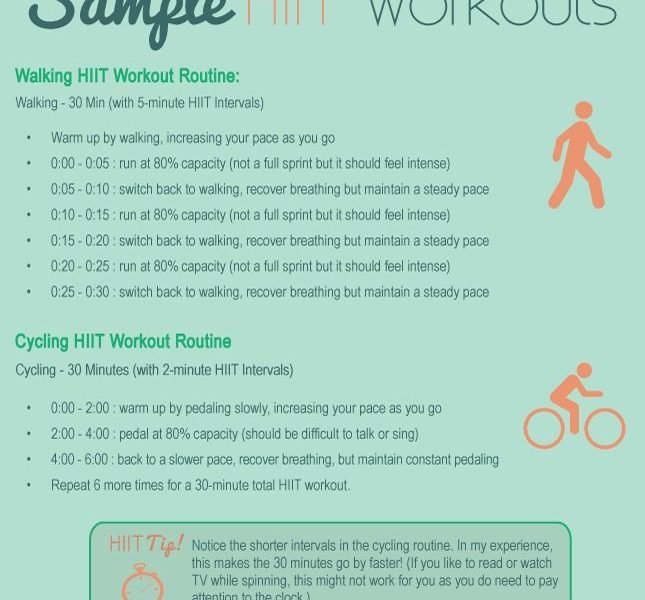As a tech enthusiast, you likely spend a significant amount of time in front of a screen, whether it be for work or leisure. While this can be fulfilling and enjoyable, it can also lead to a sedentary lifestyle if not balanced with physical activity. However, there is such a thing as too much of a good thing when it comes to exercise. Overtraining is a common issue among tech lovers who may push themselves too hard in their pursuit of fitness. In this article, we’ll explore the signs of overtraining and provide tips on how to fix it.
What is Overtraining?
Overtraining occurs when the body is not given enough time to recover between workouts. This can lead to a variety of physical and mental symptoms that can impact your overall well-being. While it’s important to challenge yourself during workouts, it’s equally important to listen to your body and give it the rest it needs to recover.
Signs of Overtraining
There are several signs that may indicate you are overtraining, including:
Chronic fatigue
Decreased performance
Increased risk of injury
Irritability
Insomnia
Loss of appetite
If you are experiencing any of these symptoms, it may be time to reassess your workout routine and give your body the rest it needs.
How to Fix Overtraining
If you suspect you are overtraining, there are several steps you can take to address the issue:
1. Rest and Recovery
Give your body the time it needs to recover by incorporating rest days into your workout schedule. This will allow your muscles to repair and rebuild, reducing the risk of injury and fatigue.
2. Adjust Your Intensity
If you’ve been pushing yourself too hard in your workouts, dial back the intensity. Listen to your body and let it guide you in how hard to push yourself during each session.
3. Cross-Train
Instead of focusing solely on one type of exercise, mix things up by incorporating different activities into your routine. This will help prevent overuse injuries and keep your workouts engaging and fun.
4. Listen to Your Body
If you are feeling tired or sore, it’s important to listen to your body and take a break. Pushing through pain and fatigue can lead to further injury and exhaustion.
5. Seek Professional Help
If you are struggling to overcome overtraining on your own, consider seeking the help of a personal trainer or fitness coach. They can provide guidance and support as you work to find a balance in your workout routine.
Conclusion
Overtraining is a common issue among tech lovers who may prioritize physical fitness but forget to give their bodies the rest they need to recover. By being mindful of the signs of overtraining and taking steps to address the issue, you can ensure that your workouts are both effective and enjoyable. Remember to listen to your body, prioritize rest and recovery, and seek professional help if you need it. With these strategies in place, you can avoid the pitfalls of overtraining and stay on track towards your fitness goals.
Remember, finding the right balance between exercise and rest is key to long-term health and well-being.


